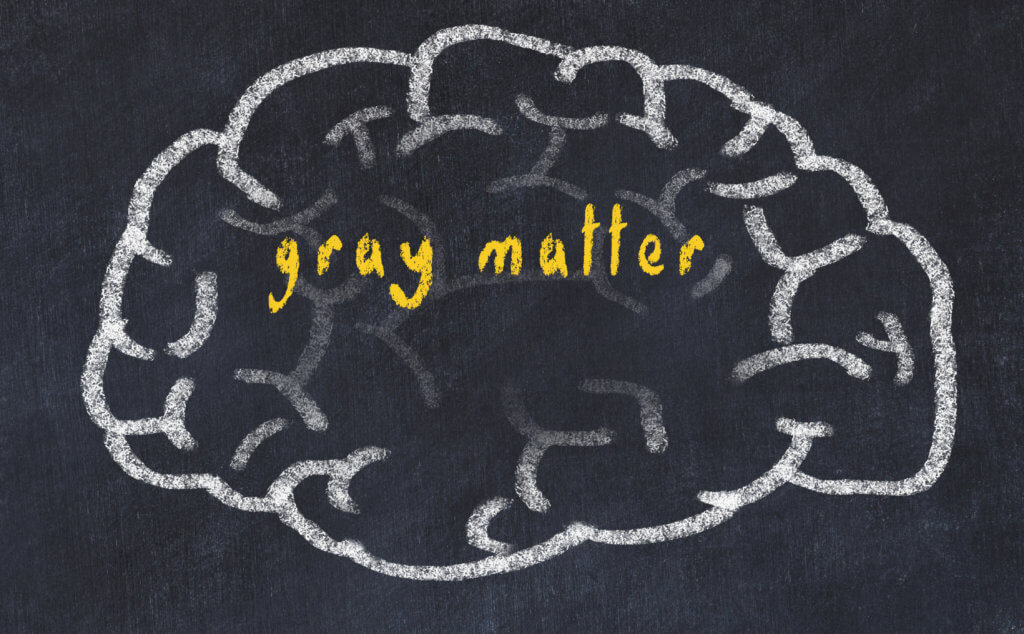The amount of gray matter in the brain holds the key to getting people with mental health conditions treated quicker, according to a new study. Scientists report that people with higher levels of gray matter are more likely to recover from their illness.
Researchers at the University of Birmingham show that MRI scans of the brain can be used to find the gray matter, allowing doctors to identify patients whose condition is likely to get worse. The breakthrough should help doctors identify at-risk patients more quickly and give them a better understanding of how mental health conditions develop.
Gray matter is the darker tissue inside the brain involved in muscle control and other functions including memory, emotions and decision-making.
By identifying brain conditions in their early stages, doctors will be able to offer patients more targeted and effective treatment. Most mental health disorders are currently diagnosed by observing a patient and analyzing their symptoms and medical history. Patients’ conditions may manifest themselves in similar ways but ultimately be different.
For the study, the research team analyzed MRI scans from around 300 patients who had recently been diagnosed with psychosis. The patients were part of the European Union-backed PRONIA mental health study. Scientists used a machine-learning algorithm to assess data from the brain scans and sort them into groups or clusters.
Two clusters were identified from the scans, which each contained patients with psychosis and patients with depression.
Lower levels of gray matter were associated with people who struggled to recover from their illness. High levels were linked to people who were more likely to get better quickly, scientists say.
People with less grey matter had worse concentration, more inflammation and other cognitive impairments traditionally linked to depression and schizophrenia, researchers report.
The authors also say an algorithm based on the biological clusters was more effective at predicting how patients would be feeling nine months later than traditional diagnostic systems.
“Currently, the way we diagnose most mental health disorders is based on a patient’s history, symptoms and clinical observations, rather than biological information,” says Paris Alexandros Lalousis, lead study author, in a statement. “That means patients might have similar underlying biological mechanisms in their illness, but different diagnoses. By understanding those mechanisms more fully, we can give clinicians better tools to use in planning treatments.
“While the study contained people who were recently diagnosed with their illness, the other datasets we used contained people with chronic conditions,” he continues. “We found that the longer the duration of illness, the more likely it was that a patient would fall into the first cluster with lower gray matter volume. That really adds to the evidence that structural MRI scans may be able to offer useful diagnostic information to help guide targeted treatment decisions.”
The team now wants to look at the clusters in the clinic so they can gather data in real time.
The findings were published in the journal Biological Psychiatry.
Report by South West News Service writer Gwyn Wright








-392x250.jpg)



